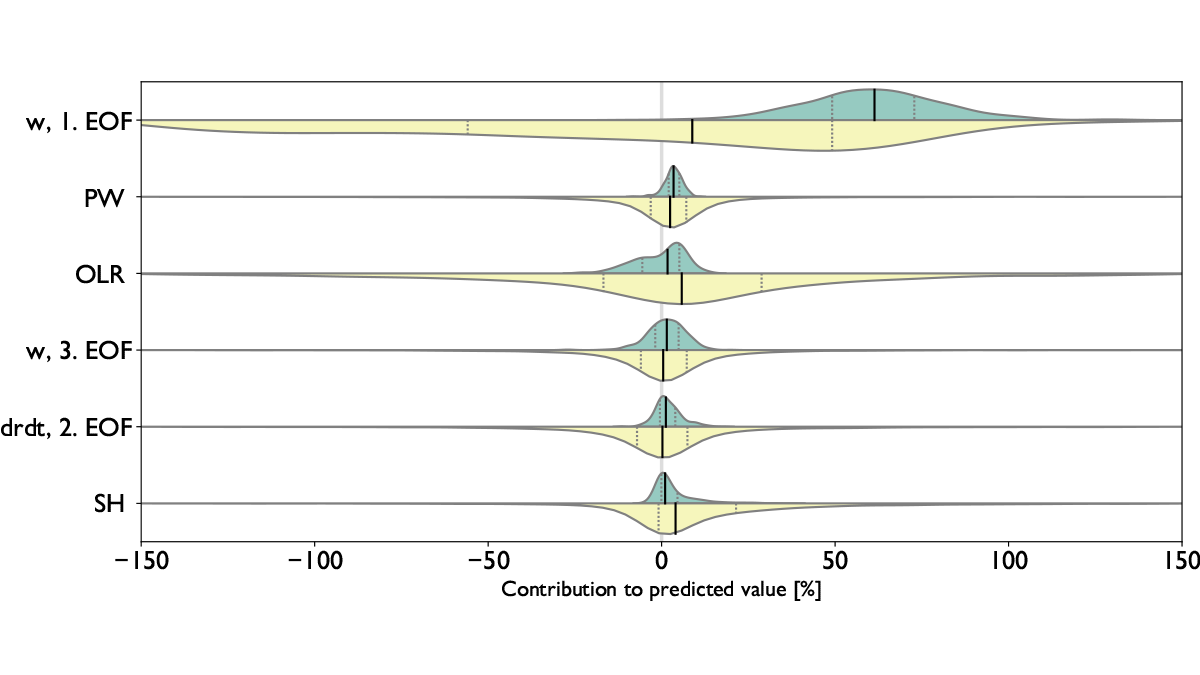Editors’ Highlights are summaries of recent papers by AGU’s journal editors.
Source: Journal of Geophysical Research: Atmospheres
Convections in the atmosphere play a major role in transporting energy and water vapor from near the surface to the upper troposphere, thus driving the variability of weather and climate. Their spatial scales and organization are on the order of a few kilometers to hundreds of kilometers, and thus cannot be accurately calculated in current weather prediction and climate models.
Retsch et al. [2022] use machine learning techniques to predict convective area and convective organization as a function of the large-scale state, defined as the thermodynamic and dynamic properties of the atmosphere averaged over radar measurements in northern Australia.
The authors find that the large-scale vertical velocity is the most important contributor to the prediction of both convective area and organization. Thermodynamic quantities such as atmospheric moisture also contribute to the prediction of convective area, but they are found to be unimportant for convective organization. Instead, the horizontal wind field is more relevant for the prediction of convective organization.
These results highlight unique aspects of the large-scale state that are associated with organized convection.
Citation: Retsch, M. H., Jakob, C., & Singh, M. S. (2022). Identifying relations between deep convection and the large-scale atmosphere using explainable artificial intelligence. Journal of Geophysical Research: Atmospheres, 127, e2021JD035388. https://doi.org/10.1029/2021JD035388
—Minghua Zhang, Editor in Chief, Journal of Geophysical Research: Atmospheres

